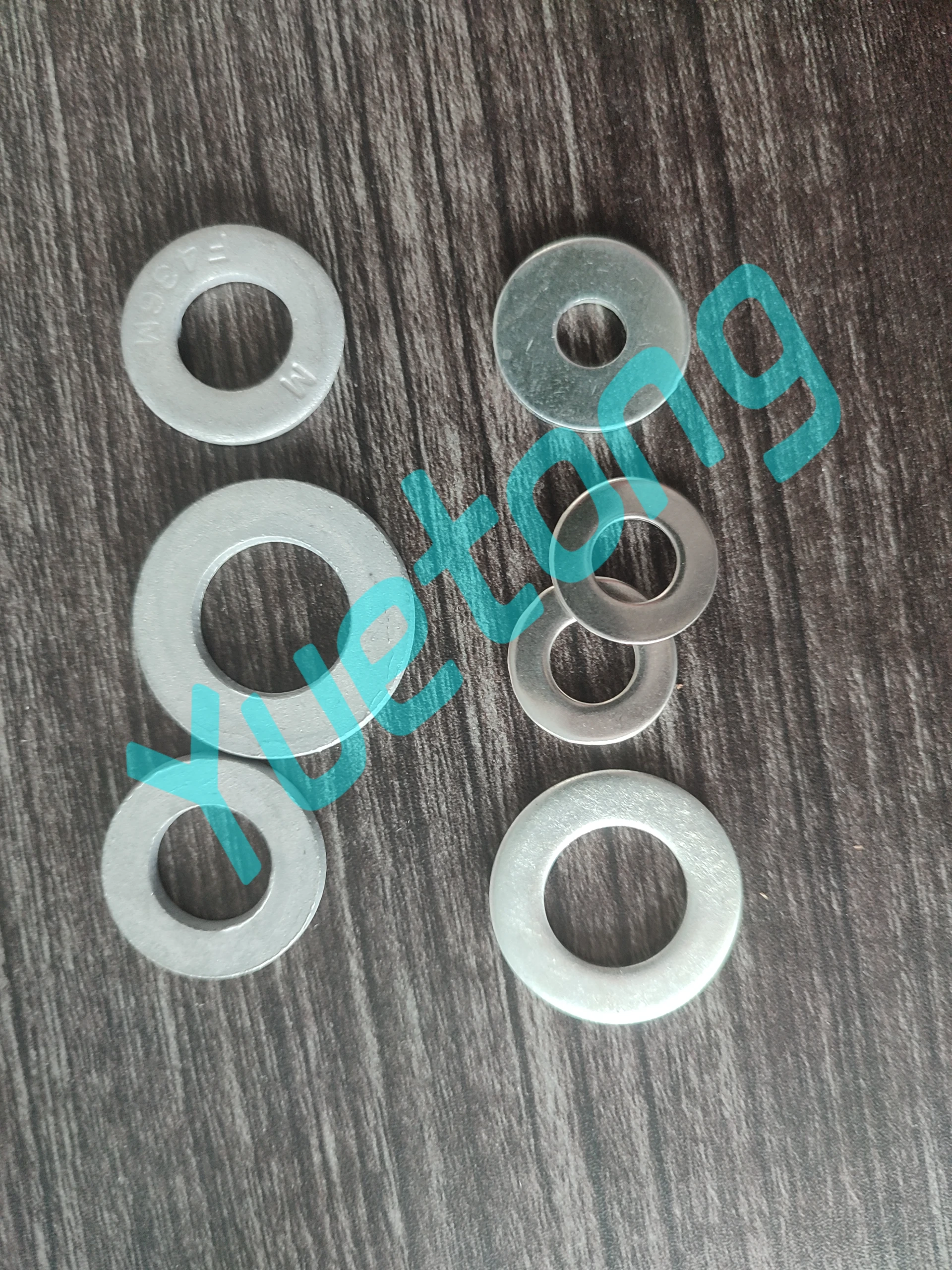Dec . 13, 2024 03:44 Back to list
Drill Bit Sizes for M12 Through Bolt Applications and Recommendations
Understanding M12 Through Bolt Drill Size
When it comes to construction, engineering, or DIY projects, selecting the right components is crucial for the integrity and durability of the structure. One essential aspect of fastening systems is the sizing of bolts, especially through bolts. An M12 through bolt is a type of fastener that plays a crucial role in connecting different elements of construction projects, whether they be in structural, industrial, or residential settings. Understanding the drill size for an M12 through bolt is important for ensuring a snug fit and secure fastening.
What is an M12 Through Bolt?
Before diving into the specifics of drill sizes, let’s clarify what an M12 through bolt is. The M denotes metric dimensions, while 12 indicates the nominal diameter of the bolt, which is 12 millimeters. Through bolts are designed to pass entirely through the materials being fastened, making them suitable for situations where both sides need to be secured.
Through bolts are commonly used in applications like securing metal brackets, connecting timber beams, or fastening components to concrete. Their design typically features a shaft with threads at one end and a head at the other, allowing them to be tightened securely to hold materials together.
Importance of Correct Drill Size
Using the correct drill size when installing M12 through bolts is paramount. If the hole drilled is too small, it might not accommodate the bolt, making it impossible to fit in. On the other hand, if the drilled hole is too large, it can compromise the connection, allowing for excess movement and reducing the overall strength of the fastening.
This is particularly critical in applications subjected to dynamic loads, such as those found in construction and engineering. The wrong hole size can lead to failures that may have catastrophic consequences, making it vital to adhere to specified dimensions.
Drill Size for M12 Through Bolts
The appropriate drill size for an M12 through bolt is key to achieving the ideal fit. The general recommendation for drilling a hole to fit an M12 bolt is using a drill bit that is approximately 13mm in diameter. This permits a small amount of clearance to allow for the bolt's threads while avoiding excessive movement of the bolt once installed.
m12 through bolt drill size

When selecting a drill bit, it’s essential to ensure that the hole drilled is clean and that the bit is sharp. A dull bit can produce a jagged hole that might not accommodate the bolt as intended. Additionally, it’s helpful to employ a drill with adjustable speed settings, particularly when working with tougher materials like metal or concrete.
Additional Considerations
In addition to choosing the right drill bit size, several other factors should be considered when working with M12 through bolts
1. Material Thickness Ensure that the thickness of the material being fastened is suitable for an M12 bolt. The anchor’s grip can weaken if the board is too thin.
2. Bolt Length Select an appropriate length of the M12 bolt based on the thickness of the materials being joined, ensuring there is enough thread engagement for a secure fit.
3. Washer Use For added load distribution and to prevent bolt pull-through, especially in softer materials, use appropriate washers. The selection of the washer’s diameter should accompany the bolt size.
4. Drilling Precision Maintaining precision while drilling will enhance the quality and strength of the fastening. Utilize clamps to secure materials, reducing the chance of shifting during drilling.
5. Testing Once installed, it’s wise to conduct secondary checks to ensure that everything is firmly in place and functioning correctly, especially in load-bearing applications.
Conclusion
In conclusion, understanding the drill size and specifications for M12 through bolts is a fundamental component of ensuring secure and reliable fastening in any project. By adhering to the recommended size of approximately 13mm for drilling holes, you can achieve not only a snug fit but also a robust connection capable of withstanding various forces. Precision, care, and adherence to best practices will ultimately extend the life and performance of your constructions. Whether you are a professional engineer or a DIY enthusiast, mastering these details will undoubtedly enhance your work's quality and durability.


